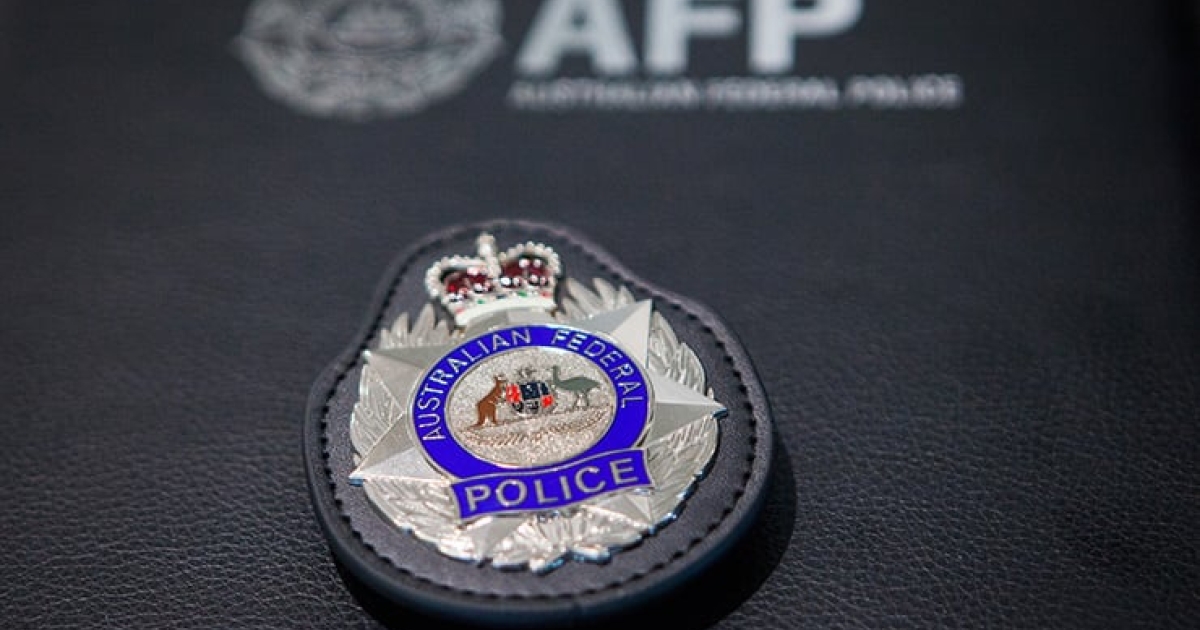The critically endangered Spotted Tree Frog has been given a strong chance at survival thanks to a team of experts and community members working to protect populations within the Big River catchment of the Central Victorian Highlands.
The Department of Environment, Land, Water and Planning (DELWP) led a team of 13 organisations to successfully repair a mountain stream barrier to reduce the threat of non-native fish-eating Spotted Tree Frog eggs and tadpoles.
DELWP Natural Environment Program Officer Dan Pendavingh said reducing non-native fish numbers at important Spotted Tree Frog sites was a vital step in helping the species survive.
“Brown trout, Rainbow trout and European carp all eat Spotted Tree Frog tadpoles and juvenile frogs. The fish barrier reduces the ability of these fish to access the streams where the Spotted Tree Frog still occurs,” Mr Pendavingh said.
“The original fish barrier was built in 2000 and repair works were needed to plug holes and restore the integrity of the barrier.”
“Monitoring of the frog has been carried out for 30 years and confirms the population is at a precariously low level. We hope this project will help ensure the species’ ongoing survival.”
Spotted Tree Frog populations have declined due to predation by non-native fish and the chytrid fungus disease. The species has disappeared from 50% of its former sites and is now only present in eight of its original 14 populations across north east Victoria and southern New South Wales.
The project was funded by the Victorian Government’s Biodiversity On-Ground Action Icon Species Grant Program, which aims to protect and conserve some of the state’s most endangered species.
The University of Melbourne and DELWP’s Arthur Rylah Institute for Environmental Research undertook electrofishing surveys to assess fish populations and remove non-native fish in the area.
The Australian Trout Foundation and Native Fish Australia also held angling days at the site to remove and translocate non-native fish. The support and participation of recreational fishing communities, Traditional Owners, and other stakeholders has been crucial to the successful rollout of the project.
The works were completed in collaboration with the Goulburn Broken Catchment Management Authority, Parks Victoria, University of Melbourne, Australian Trout Foundation, Native Fish Australia (Vic), Taungurung Land and Waters Council, Victorian Fisheries Authority, Victorian Fly Fishers Association, VRFish, Conservation Volunteers Australia, ³Ô¹ÏÍøÕ¾ Environmental Science Programme, Murrindindi Shire Council and Zoos Victoria.
This work builds on other Spotted Tree Frog projects led by DELWP and funded through the Victorian Government’s $62.2 million Bushfire Biodiversity Response and Recovery Program.







